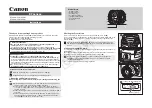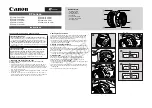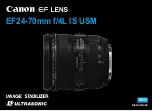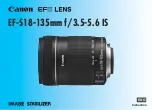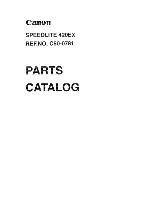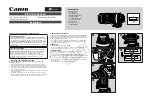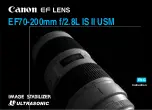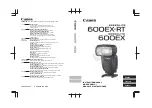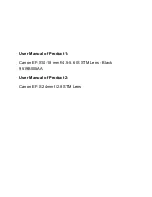
Operation and Features
BASLER A202
k
3-1
DRAFT
3 Basic Operation and Features
3.1
Functional Description
The
A202
k
area scan camera employs a CCD-sensor chip which provides features such as
electronic exposure time control and anti-blooming. Exposure time is normally controlled via an
externally generated sync signal (ExSync). The ExSync signal facilitates periodic or non-periodic
pixel readout.
When exposure is controlled by an ExSync signal, exposure time can be either level-controlled or
programmable. In level-controlled mode, charge is accumulated when the ExSync signal is low
and a rising edge of ExSync triggers the readout of accumulated charges. In programmable mode,
exposure time can be programmed to a predetermined time period. In this case, exposure begins
on the rising edge of ExSync and accumulated charges are read out when the programmed
exposure time ends.
A free-run mode that allows the camera to operate without an ExSync signal is also available. In
free-run mode, the camera generates its own internal control signal and the internal signal is used
to control exposure and charge read out. When operating in free-run, the camera outputs frames
continuously.
At readout, accumulated charges are transported from the light-sensitive sensor elements (pixels)
to the CCD vertical shift registers. The charges from the bottom line of pixels in the CCD array are
then moved into two horizontal shift registers as shown in Figure
. Charges from the left side
of the line (pixel 1 through pixel 502) are moved to the left side horizontal shift register. Charges
from the right side of the line (pixel 503 through pixel 1004) are moved to the right side horizontal
shift register. The left side horizontal register shifts out charges from left to right, that is, pixel 1,
pixel 2, pixel 3, and so on. The right side horizontal register shifts out charges from right to left,
that is, pixel 1004, pixel 1003, pixel 1002 and so on.
As charges move out of the two horizontal shift registers, they are converted to voltages
proportional to the size of each charge. Shifting is clocked according to the camera's 40 MHz
internal data rate.
The voltages moving out of each shift register are amplified by an internal Variable Gain Control
(VGC) and then digitized by a 10 bit, Analog-to-Digital converter (ADC). Once the pixels are
digitized, they are reordered so that they will be transmitted out of the camera in ascending
numerical order from pixel 1 through pixel 1004.
The digitized video data is transmitted from the camera to the frame grabber using a format
compatible with the Camera Link standard. Lines are output sequentially in a progressive scan
until one full frame is obtained.
For optimal digitization, gain and offset are programmable via a serial port.
Содержание A202k
Страница 4: ......
Страница 19: ...Camera Interface BASLER A202k 2 5 DRAFT Figure 2 3 Camera Frame Grabber Interface...
Страница 32: ...Operation and Features 3 2 BASLER A202k DRAFT Figure 3 1 A202k Sensor Architecture...
Страница 104: ...Mechanical Considerations 5 6 BASLER A202k DRAFT...
Страница 116: ...Feedback iv BASLER A202k DRAFT...































